French vs. Italian Wine: Their Main Differences Explained
Fine wine investment is a complex yet rewarding process. It requires much research, knowledge, and experience to make wise decisions when investing in wine. Most successful wine investors have a deep understanding of the wine market, which helps them identify the best wines to invest in and when to purchase them.
Two of the most beloved choices when investing in wine are French and Italian. These two countries have a long, rich history of producing exquisite wines that are enjoyed all over the world. But what makes them different from each other?
French and Italian wines may have a lot in common, but some key differences set them apart. This article will explore the fundamental differences between French and Italian wines and explain why each type is so special.
What Makes French Wine Different?
The history of French wineries is long and storied, stretching back to the 6th century BC. During this time, the gods of the vineyard, Bacchus and Dionysus, were believed to have blessed the vineyards of France with their divine presence. Since then, French wineries have developed into some of the world’s most renowned and respected winemakers.
The French wine is a hit among various wine connoisseurs due to the following factors:
- Terroir – French wine is strongly influenced by the region in which it is grown. France has an incredibly diverse landscape that brings out various wine tastes. This is why French wines have such distinct characteristics.
- Variety – French winemakers are known for the wide range of grape varieties they use, such as Chardonnay, Pinot Noir, Sauvignon Blanc, and many others. This allows for a great diversity of flavours and styles.
- Climate – The climate of France also plays an important role in the quality of French wines. Each region’s varying temperatures, rainfall, and soil quality create unique flavour profiles in the wines.
- Ageing – French wines are often aged for longer than other wines, giving them a more complex flavour.
What Makes Italian Wine Different?
Italian wine has been around since the 8th century BC and is most commonly associated with Tuscany, Piedmont, and Veneto regions. These regions have been producing some of the world’s most renowned wines for centuries, and it is easy to see why.
- Origin – Ancient Greek heirloom stock has been used to create some of the most famous Italian varieties, such as Sangiovese, Nebbiolo, and Barbera.
- Varieties – Italy produces a wide variety of wines, from sparkling to still, light to full-bodied, and dry to sweet.
- Ageing – Italian wines often undergo extended ageing periods, allowing them to develop more complex flavour profiles. Many Italian wines are aged in oak barrels for multiple years before being released.
- The IGP and DOP Certification – Fine wine investment in Italy has made the IGP (Indicazione Geografica Protetta) and DOP (Denominazione di Origine Protetta) certification systems a valuable asset for producers. These certification systems guarantee that the wine has been produced in a specific geographical area and meets certain quality standards.
Distinctions Between French and Italian Wines
French and Italian wines are some of the world’s most popular and beloved wines. While they share some resemblances, they also have distinct differences that make them stand out. To truly appreciate both of these wines, it’s important to understand the nuances of each to create a strong fine wine investment portfolio.
Climate and Terroir
The climate and terroir of a wine-producing region are two of the most important factors determining the wines’ flavour, quality, and character. The climate of a region will affect the type of grape varieties that can be grown, while the terroir will affect the flavour and character of the wines.
French wines are mostly grown in various climates and soils, from cool and wet coastal regions to warm and dry areas. This allows for a wide range of wine styles, from the full-bodied reds of Bordeaux to the bright and aromatic whites of the Loire Valley.
Italian wines are mostly grown in the warmer and drier Mediterranean climate. This climate produces softer, fruitier wines that are often higher in alcohol. Wines such as Chianti, Barolo, and Valpolicella are perfect examples of Italian wines full of ripe fruit flavours and smooth tannins.
French vs. Italian Wine: Which Is Better?
It would be impertinent to assume that French wine is better than Italian wine or vice versa. After all, these two wine-producing countries have different winemaking styles and traditions. Both countries produce high-quality wines, and it comes down to personal preference.
Give a Toast to French and Italian Wines!
French and Italian wines are both unique, complex, and diverse. While they share many similarities, each type of wine has distinct characteristics. Additionally, each country’s styles of production and winemaking techniques are unique. Ultimately, the choice between French and Italian wine comes from personal preference.
Cru Wine makes buying wine easy and simple, with a more enriched experience. We ensure that your fine wine investment is worthwhile since our wine specialists will help you find the right French and Italian wines to suit your taste. Get in touch with us today for more information!





